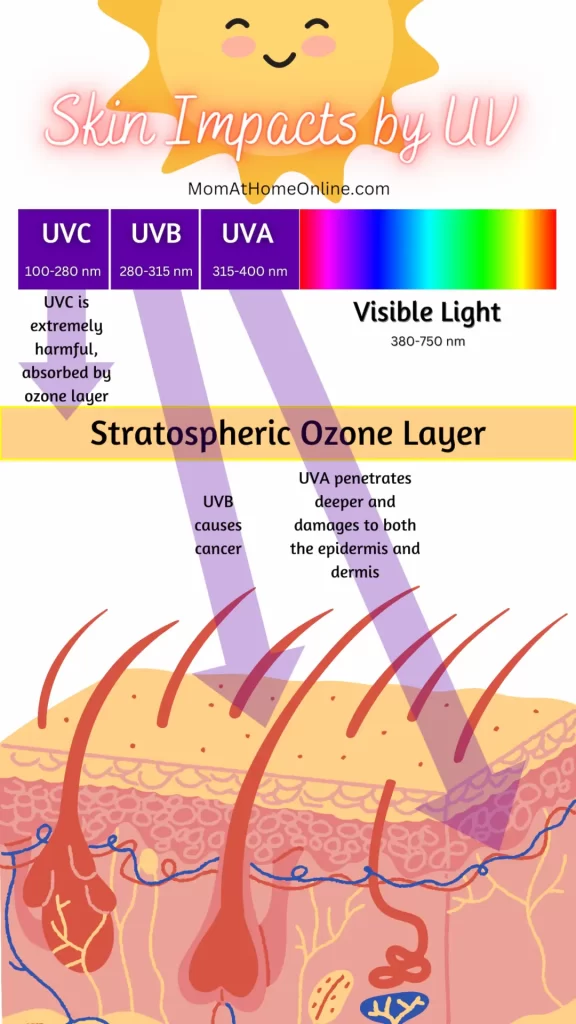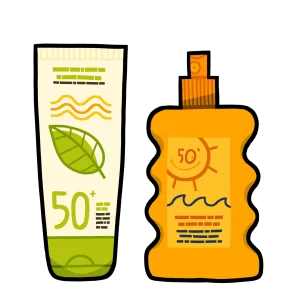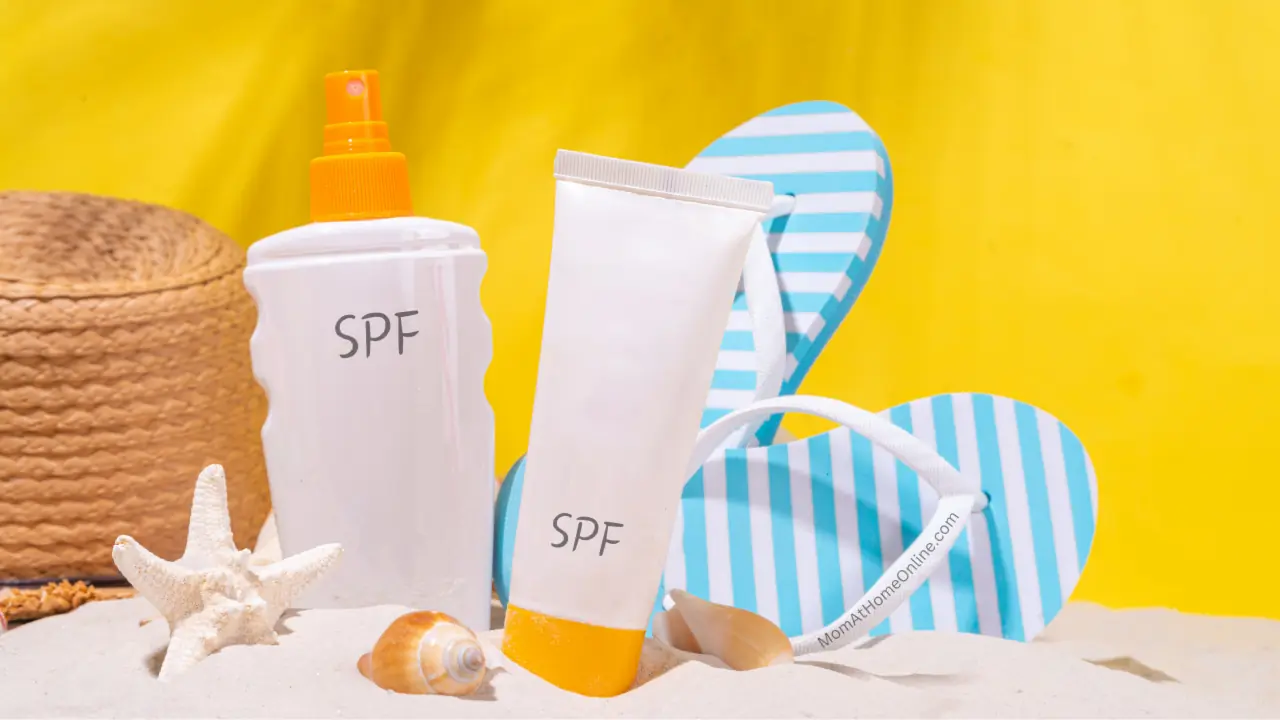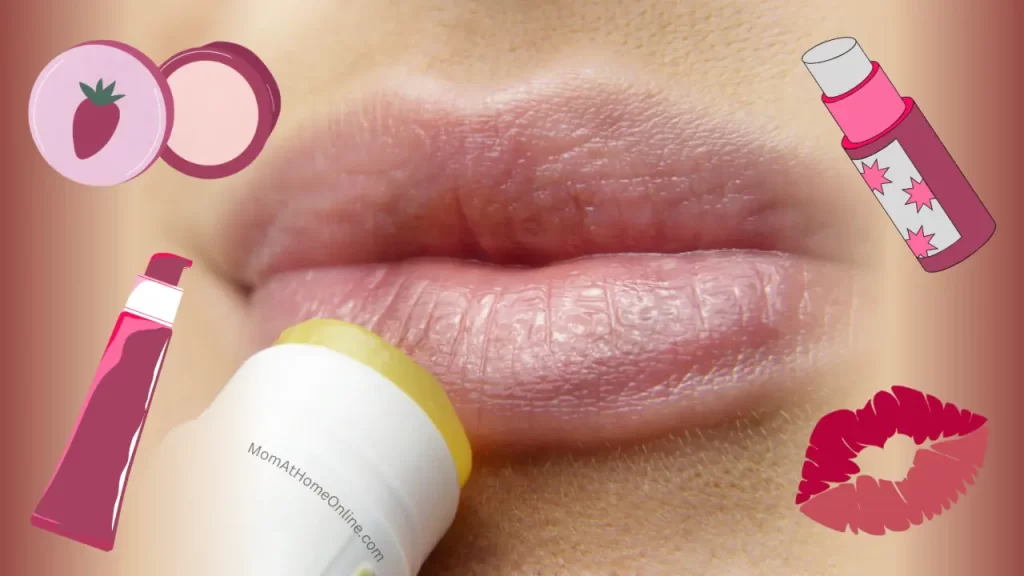- Introduction
- Understanding the SPF
- What are Ultraviolet (UV) Rays
- Defining Broad-Spectrum SPF
- What is the PA Rating in Sunscreen
- What are the Types of SPFs
- Exploring SPF Varieties
- Is Higher SPF Beneficial
- Which One is Better to Use among SPF 30, 50, or 100
- Conclusion
- Frequently Asked Questions (FAQs)
- Question for you
- Author
Introduction
Whether it’s the pleasant warmth of the Winter Sun or the scorching heat of the Summer Sun, Sunscreen is a vital tool in your skincare collection, our frontline defense against the sun’s harsh and harmful rays when going outdoors. But have you ever paused while spreading sunscreen thickly or lavishly and wondered, “How Does SPF Work in Sunscreen?” Today, we’re diving deep into this burning question so you can soak up this informative research to protect yourself better in the sun!
In this comprehensive guide, we’ll dig into the world of SPF, learn about UV rays, know PA Grading, and explore SPF types. Let’s uncover the mysteries behind SPF and learn how to keep our skin safe and healthy under the sun with a number on your sunscreen container. It’s your shield against the sun’s fiery rays.
Understanding the SPF
First, it’s essential to know the fundamentals like what SPF is and how it functions.
What Exactly is SPF
SPF stands for Sun Protection Factor and is more than a catchy acronym. It’s your skin’s ultimate defense against the damaging impacts of the Sun’s Ultraviolet (UV) Rays. It’s like guarding your skin, defending it against sunburn, premature aging, and even skin cancer.
During peak hours, from 10 am to 4 pm, the sun’s rays are at their strongest. Though the timing may vary based on your location, for example in the USA, the Sun stays strong for a long time in the Summer, i.e. almost till 7 pm. So, according to the intensity of the Sun’s rays, your skin is more susceptible to burning at noon than in the early morning or late afternoon. The following example is found on the FDA site from which you get the idea that the Sun’s rays intensity matters a lot.
The following exposures may result in the same amount of solar energy
Source: Sun Protection Factor (SPF) by FDA
– One hour at 9:00 a.m.
– 15 minutes at 1:00 p.m.
When you purchase any sunscreen lotion you might notice a number written after the word SPF like SPF 15, SPF 30, etc. This SPF number indicates the percentage of UVB rays the sunscreen product will absorb. For instance,
- SPF 15 absorbs approximately 93% of the sun’s UVB rays.
- SPF 30 absorbs around 97% of the sun’s UVB rays.
- SPF 50 can absorb up to 98% of UVB rays, the highest amount achievable.
However, it’s important to note that no sunscreen can provide 100% protection against the sun’s UVB rays.
How Does SPF Work
Think of SPF as a barrier between your skin and the sun’s rays. Applying sunscreen with SPF forms a protective layer that absorbs, reflects, or scatters sunlight, depending on its formulation.
SPF works by extending the amount of time it takes for your skin to burn when exposed to UV rays which means the higher the SPF number, the longer you can theoretically stay in the sun without getting burned.
For example, if your skin typically burns after 10 minutes in the sun, using sunscreen with SPF 30 would theoretically allow you to stay there for 300 minutes (10 minutes x 30 SPF) = 5 hours.
Before you go to buy your favorite sunscreen, remember to calculate the above equation. But first, get acquainted with your skin’s tendencies. Please take note of how long it takes for your skin to start feeling the burn under the sun.
For instance, my skin is so sensitive that I feel the burning starts after 5 minutes of sun exposure. So, if I use SPF 30 it will allow me to stay in the sun for 150 minutes (5 minutes x 30 SPF) = 2.5 hours.
What are Ultraviolet (UV) Rays
Ultraviolet (UV) rays are a form of electromagnetic radiation that is invisible to the human eye. This radiation covers the wavelength range of 100–400 nanometers (nm), a higher frequency and lower wavelength than visible light. UV rays are produced by the sun and by artificial sources. These rays have higher energy than visible light and can cause chemical reactions; for example, they can make certain materials glow or fluoresce.
The UV region covers the wavelength range 100-400 nm and is divided into three bands:
Source: Ultraviolet radiation by World Health Organization (WHO)
– UVA (315-400 nm)
– UVB (280-315 nm)
– UVC (100-280 nm)
- UVA has the longest wavelength and is known as black light.
- UVB has a medium wavelength and is associated with sunburn.
- UVC has the shortest wavelength and is the most harmful, but luckily, it’s filtered out by the Earth’s atmosphere and doesn’t reach the ground.

Remember that UV rays play a crucial role in the formation of vitamin D in humans and have various applications, from sterilizing equipment to enhancing forensic analysis. However, most experts recommend prioritizing sun protection and getting your Vitamin D through a balanced diet or supplements, if needed, as sunscreen usage affects vitamin D absorption to a small extent and excessive exposure to UV rays can lead to skin damage or increase the risk of skin cancer. Let’s see how you can protect your skin from these harmful rays.
Defining Broad-Spectrum SPF
SPF is a measure of how well a sunscreen will protect skin from UVB rays, the kind of radiation that causes sunburn and contributes to skin cancer. But it’s also important to look for sunscreens that offer broad-spectrum protection, which shields skin from UVA rays as well. These rays don’t cause sunburn but can increase the rate of melanoma and photodermatitis. UVA rays penetrate deeply into the skin, posing risks of skin cancer, tanning, and premature aging.
Hence, when sunscreen is labeled as broad-spectrum SPF, it means it safeguards your skin from both UVA and UVB rays, unlike regular sunscreens that solely shield against UVB rays and opting for sunscreens labeled as “broad-spectrum” is recommended for daily protection.
Both UV types, UVA and UVB, have the potential to harm the skin and cause skin cancer. But UVB radiation is more carcinogenic than UVA radiation while UVA radiation is more abundant in sunlight. So, in addition to broad-spectrum SPF, another crucial factor to consider in sunscreen is the PA rating.
What is the PA Rating in Sunscreen
PA, the Protection Grade of UVA, assesses a product’s ability to block UVA rays. Originating from Japan, the PA rating system is based on the Persistent Pigment Darkening (PPD) method, measuring skin tanning duration under UVA exposure.
However, due to the absence of a standardized measurement system for PPD, various rating systems are employed globally. Countries such as Japan, the UK, Germany, the US, and Australia conduct UVA testing and convert PPD results into PA ratings.
PA+ indicates some UVA protection, with more plus signs representing higher protection, reaching the maximum with PA++++. Nonetheless, distinguishing superior protection among PA-rated sunscreens can be tricky, as two PA++++-labeled products may have different PPD levels. Hence, it’s advisable, after good research, to assume protection at the lowest PPD level. For example, a sunscreen labeled PA++++ should provide protection equivalent to a PPD of 16, indicating 16 times more protection than no sunscreen.
Here’s the combined table that consolidates the PA ratings, corresponding UVA protection percentages, and PPD or the recommended filter times for each category:
| PA Rating | UVA Protection (%) | PPD (hours) |
|---|---|---|
| PA+ | 40-50 | 2-4 |
| PA++ | 60-70 | 4-6 |
| PA+++ | Up to 90 | 8-12 |
| PA++++ | Over 95 | 16 and higher |
📝 Note
Japan implemented the PA grading system initially. In 2013, it received an upgrade to PA ++++. Unfortunately, not all nations have adopted the new rating system and continue to view PA+++ as the best UVA protection available.
What are the Types of SPFs
There are two different types of SPFs:
1- Physical SPF
Physical, also known as mineral SPFs create a protective barrier on the skin’s surface. They’re often called sunblocks because they physically obstruct UV rays from penetrating the skin. Ideal for those prone to acne, physical sunscreens won’t clog pores, offering a breathable shield against the sun. However, they may not be the most seamless choice under makeup, as they tend to be thicker and leave a slightly greasy residue on the skin.
2- Chemical SPF
Chemical SPFs are designed to be absorbed into the skin, where they work to intercept and absorb UV rays. Compared to physical sunscreens, they boast a lighter, less oily texture when applied. Perfect for layering under makeup, chemical sunscreens provide an excellent option for individuals with dry skin, offering both protection and hydration.
Now, you might wonder, which sunscreen type is more advantageous? Well. the answer is both types of sunscreen are effective, but physical sunscreen may be gentler on sensitive skin, while chemical sunscreen tends to be more water-resistant. Comparing physical sunscreen to chemical sunscreen, physical sunscreens containing ingredients like zinc oxide and titanium dioxide, act as a physical barrier, reflecting UV rays away from the skin. On the other hand, chemical sunscreens absorb UV rays and convert them into heat.
Exploring SPF Varieties
SPF comes in many shapes and sizes, each offering its level of protection. You’ve got SPF 15, 30, 50, and beyond, each indicating how long you can stay in the sun without getting burned. The higher the SPF, the longer you’re protected, but it’s not just about high numbers; it’s about finding the right fit for your skin and sun exposure. Remember, no sunscreen is foolproof.
From sprays to creams, and lotions to sticks, SPF comes in many forms. Each has its special way of keeping you safe while you’re out conquering the daylight.
Is Higher SPF Beneficial
While higher SPF ratings offer increased protection, pinpointing the exact threshold remains unclear. A sunscreen with a higher SPF blocks a higher percentage of UV light. Here’s the table that illustrates the percentage of UV rays blocked by different SPF levels of sunscreen:
| SPF | Percentage of UV Rays Blocked |
|---|---|
| 2 | 50% |
| 4 | 75% |
| 10 | 90% |
| 15 | 93% |
| 30 | 97% |
| 50 | 98% |
| 100 | 99% |
However, the additional benefits diminish as SPF ratings climb along with its cost.
Sunscreens with higher SPF ratings are typically more expensive than those that offer less protection. SPF 30 is generally considered the breakpoint, where higher SPF provides only marginally better protection. Depending on your skin, this may not be meaningful enough to justify its cost.
Source: What Does the SPF Number Mean? by Heather L. Brannon, MD

Hence, remember a higher SPF doesn’t necessarily mean to opt for better protection. While SPF 30 blocks out about 97% of UVB rays, anything higher than that offers only marginal improvements. Plus, people tend to misuse high SPF sunscreens, thinking they can stay out in the sun longer without reapplying. But the truth is, no sunscreen lasts forever and provides 100% protection, so it’s essential to reapply regularly.
If you want to check more about SPF, there is an international standard for SPF i.e. ISO 24444: 2019, and the corresponding standard in India is IS 17494: 2021.
Which One is Better to Use among SPF 30, 50, or 100
When used correctly, SPF 30 should offer ample sun protection for the majority of individuals. This involves applying roughly a shot-glass-sized amount of sunscreen, for your entire body, 15 minutes before sun exposure, and reapplying every two hours after swimming or sweating. However, many people don’t adhere to proper sunscreen application.
Studies indicate that SPF 100 provides notably superior protection against sunburn compared to SPF 50 or SPF 30, but the price tag also matters in real-world scenarios.
By the way, I prefer to use SPF 30 before heading out to the sun and reapply it every 2 hours.
Conclusion
Now that you know how SPF works in sunscreen, you can make more informed choices about protecting your skin from the sun. Remember to choose a broad-spectrum sunscreen with an SPF of 30 or above, apply it generously and regularly, and seek shade whenever possible. Apply sunscreen as the final step in your morning skincare regimen, after moisturizer and before makeup, as SPF products contain sun-protective ingredients that shield against harsh rays when applied over moisturizer. With the right precautions, you can enjoy the sun safely and keep your skin healthy for years to come.
Frequently Asked Questions (FAQs)
What does SPF stand for?
SPF stands for Sun Protection Factor, which measures a sunscreen’s ability to protect the skin from UVB rays.
How does SPF work in sunscreen?
SPF works by extending the time it takes for your skin to burn when exposed to UV rays, with higher SPF numbers providing longer protection.
Is sunscreen necessary indoors?
Yes, dermatologists recommend wearing sunscreen indoors, especially near windows or in well-lit areas, as UVA rays can penetrate glass and contribute to skin aging.
What is the difference between physical and chemical SPF?
Physical SPF forms a barrier on the skin’s surface, reflecting UV rays, while chemical SPF absorbs UV rays into the skin and converts them into heat.
Can sunscreen prevent skin cancer?
While sunscreen reduces the risk of skin cancer by protecting against UV damage, it’s essential to combine it with other sun protection measures like seeking shade and wearing protective clothing.
Question for you
- What’s your go-to sunscreen application routine for staying protected under the sun?
Please feel free to share your answer in the comment box below.
Thank you for reading this blog post. I hope you found it informative and useful. I would love to hear your thoughts and opinions on this topic. Please leave a comment below and share your feedback, suggestions, questions, or anything else you want to say. I appreciate your support and engagement.
Author
Co-founder of Mom At Home Online, MBA (HR, Marketing), Blogger, Content Creator, Ex-Representative of Avon Beauty Products, Ex-Private Tutor, Experienced Music Teacher with 2 Diplomas, Trained Yoga Enthusiast, Movie Lover, and Traveler. Read more about us…
Last Modified Date:



